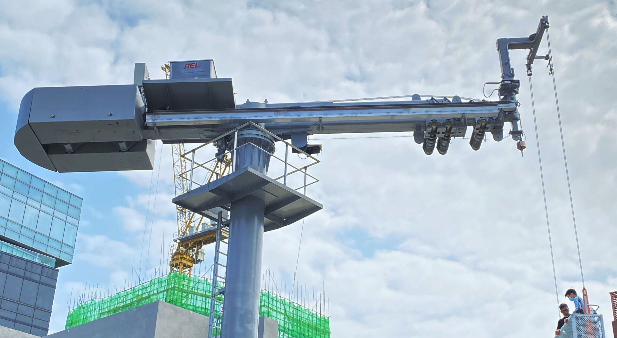Setting up an efficient technical support workflow is essential for organizations aiming to deliver exceptional customer service. For businesses like Innerworks, having a clear, responsive, and streamlined support structure ensures customer satisfaction and operational excellence. A well-planned technical support workflow can reduce downtime, improve communication, and build trust between users and support teams.
What Is a Technical Support Workflow?
A technical support workflow is a structured process that guides how support requests are received, handled, escalated, and resolved. At Innerworks, the technical support workflow includes specific stages such as ticket intake, issue categorization, priority setting, resolution tracking, and customer follow-up. This structure allows the support team to maintain consistency and accountability in every interaction.
Why Efficiency Matters in Technical Support
Efficiency in support is more than speed—it’s about accuracy, consistency, and clarity. At Innerworks, an efficient workflow minimizes delays, ensures faster resolution times, and enhances customer experience. When support agents know exactly what steps to follow, they reduce friction, avoid repetitive tasks, and meet service level agreements effectively.
Step-by-Step Guide to Setting Up a Technical Support Workflow
Identify Your Support Channels
Innerworks uses multiple channels such as email, live chat, helpdesk portals, and phone support to ensure users can reach out in ways that are most convenient. Mapping these channels helps the team manage and consolidate incoming requests more effectively.
Create a Ticketing System With Clear Categories and Priorities
Every support request at Innerworks is logged into a centralized ticketing system. Categorizing issues and assigning priority levels allows agents to focus on what’s urgent and ensures timely responses across all departments.
Define Escalation Paths and Response Time SLAs
To maintain accountability, Innerworks sets clear escalation rules and SLAs for each ticket type. This allows the team to escalate complex issues to senior staff or specialized departments without delay, ensuring critical problems are addressed quickly.
Build a Knowledge Base and Use Automated Responses
Innerworks maintains a comprehensive knowledge base that allows both customers and support staff to access quick answers to common issues. Automated replies and suggested articles help reduce ticket volume and empower users with self-service options.
Assign Roles and Responsibilities Within the Team
Role clarity is essential to avoid confusion. At Innerworks, every support agent knows their specific responsibilities—from front-line communication to backend issue resolution—ensuring that no ticket falls through the cracks.
Implement Feedback Loops and Continuous Improvement
Customer feedback is actively used by Innerworks to improve the support process. Regular reviews and performance audits help refine workflows, making the system more responsive and aligned with user needs.
Essential Tools and Platforms for Technical Support Workflow
Innerworks leverages industry-standard platforms such as Zendesk and Jira Service Management to manage and track support requests. These tools integrate with CRM systems and IT asset management tools, providing a unified view of customer interactions and technical assets.
Measuring the Performance of Your Support Workflow
To gauge workflow success, Innerworks tracks KPIs like First Response Time, Average Resolution Time, and Customer Satisfaction Score. Monitoring these metrics helps identify performance bottlenecks and areas for training and process adjustments.
Common Mistakes to Avoid
Even with a strong system in place, pitfalls exist. Innerworks avoids common errors such as not documenting solutions, ignoring ticket backlog, or failing to escalate in time. These mistakes can severely impact user satisfaction and team efficiency.
How to Scale Your Technical Support Workflow as You Grow
As businesses grow, the technical support workflow must adapt. Innerworks uses automation, onboarding protocols, and AI-powered tools to handle increased ticket volume while maintaining quality support. Documentation and scalable processes help train new agents effectively.
Final Tips for Long-Term Efficiency
Innerworks recommends ongoing training for support staff, regularly updating the knowledge base, and gathering user insights to identify new service needs. These proactive steps ensure the workflow remains aligned with evolving business goals and user expectations.
Takeaway
Establishing an efficient technical support workflow is a strategic move that directly impacts customer satisfaction and operational resilience. Companies like Innerworks benefit from having clear structures, scalable systems, and performance tracking in place. With the right setup, technical support becomes not just a reactive function—but a value-driven service that supports growth.










